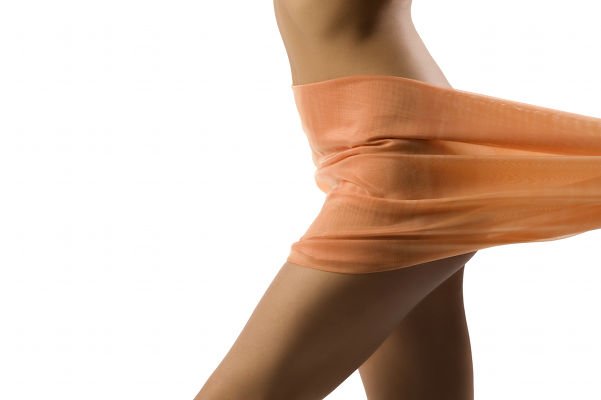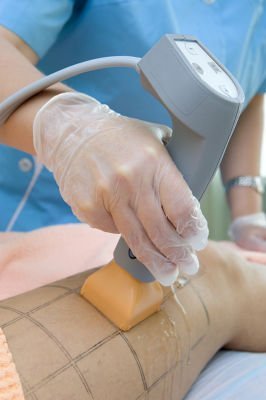It has been an acknowledged surgical treatment for over 70 years. Invented by Dr. T Bowie (Harvard). In Cosmetic Medicine, the Unipolar and Bipolar modes are used.

Radiofrequency is a gold standard for flaccidity
It is defined as electromagnetic radiations, located within the spectrum, between Infrared Radiation and Long Waves.
The therapeutic range which we refer to is between the Medium and Short Wave. When applied to the tissue, it causes rapid oscillations of the electromagnetic fields, causing movement of the charged molecules, resulting in an increase in the tissue’s temperature. The thermal effects are determined by the type of Radiofrequency applied, the level of energy, duration of the treatment and the type of tissue treated.
The type of Radiofrequency applied (unipolar or bipolar) and the size and shape of the electrode also influences on the physiological effect. The optimum temperature of the tissue heating is between 55 and 62ºC (this is the range in which the describe effects take place).
First, the Radiofrequency produces heating of the adipose tissue. This increases the Lymph and Arterial Venal System stimulation of the tissue. Likewise, a heating at skin depth is produced due to the spreading of heat, improving the skin quality and stimulating collagenesis.
The collagen goes through an immediate contraction and reshaping over time. Also, an increase in vascularization is observed in the cellulite tissue, which allows for an improvement in the cellular metabolism.
Insofar as the collagenesis is concerned, this occurs due to the formation of Heat Shock Proteins (HSP) that synthesizes with certain stimuli and initiate tissue repair. Specifically with the RF treatment, HSP-47 is synthesized. This protein resides in the Endoplasmic Reticulum and clearly identifies the Collagen Triple Helix. The Type I collagen molecules can only be correctly assembled in tridimensional form in the presence of this HSP-47 protein.
The greater the tissue’s resistance as the Radiofrequency passes, the higher temperature generated (fat has a resistance of 2180 Ohms, 10 times higher than that of the skin).
The higher the wave frequency, the deeper the penetration.
 RF is indicated for:
RF is indicated for:For personalised information of radiofrequency treatment, contact IML now and we will give you a free informative consultation with one of our medical experts.